Investing in irrigation? What to consider to make the best choice for your farm

Irrigation is an important agriculture practice in Canada where precipitation levels are low during the growing season, or the type of crop being grown may require higher irrigation needs. Irrigation can improve crop yields, crop diversification, productivity and profits. Irrigation technology has evolved to become more efficient, from delivery to application. Over the last decade, Canada has seen a 14.6% increase in the total irrigated acres of farmland, illustrating a strong demand by farmers to increase their irrigable acres.
Evolution of irrigation
In 2020, most of the irrigated land in Canada was in Alberta, making up about 71%, followed by Saskatchewan at 8.9% and British Columbia at 8.7%, respectively.
Figure 1: Total irrigated acres in Canada
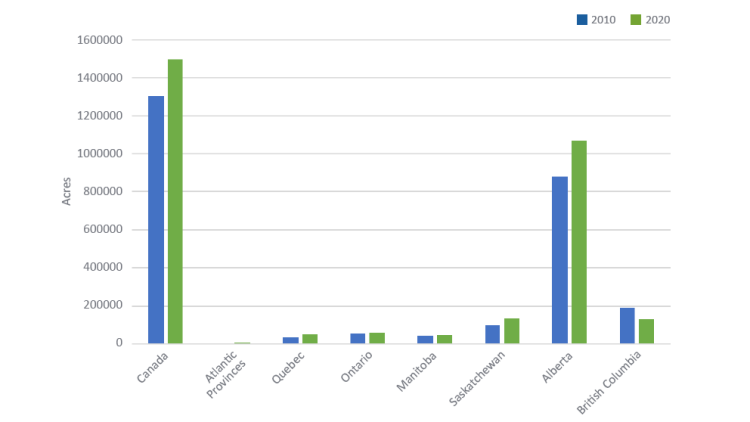
Sources: Statistics Canada, Environment and Energy Statistics Division, Agricultural Water Survey
Irrigation expansion is still on the horizon for Western Canada. Alberta has recently announced a $117.7 million investment to modernize irrigation infrastructure and increase water storage. The province plans to add over 200,000 irrigated acres and grow value-added agricultural exports by 37% with this investment. Saskatchewan also announced in 2020 a 10-year $4 billion initiative to increase irrigated acres by up to 500,000 acres, and B.C. introduced a $5 million investment in April of 2021 to support orchards, farms and wineries.
Types of irrigation
Canadian irrigation is primarily made up of three methods: sprinkle, micro and surface.
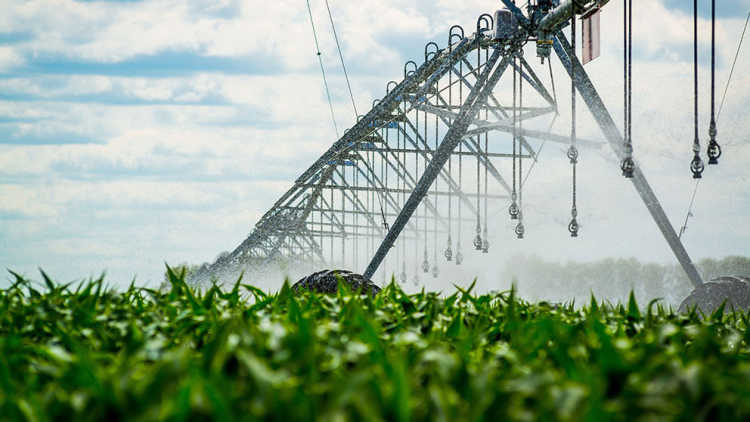
Sprinkler method is where water is delivered above the crop canopy which a pivot walks around the field distributing water. These are typically used on larger operations growing potatoes, grain, or forage commodities.
Figure 2: Number of Canadian farms using sprinkler irrigation by crop type

Source: Statistics Canada Table 38-10-0245-01 Farms by irrigation method and crop type. No data available for 2010 forage crops.

Micro-irrigation is where water is delivered to the soil close to the crops or below the soil. These are typically used in a greenhouse set up, vineyards, or smaller plots of land for veggies.
Figure 3: Number of Canadian farms using micro-irrigation by crop type
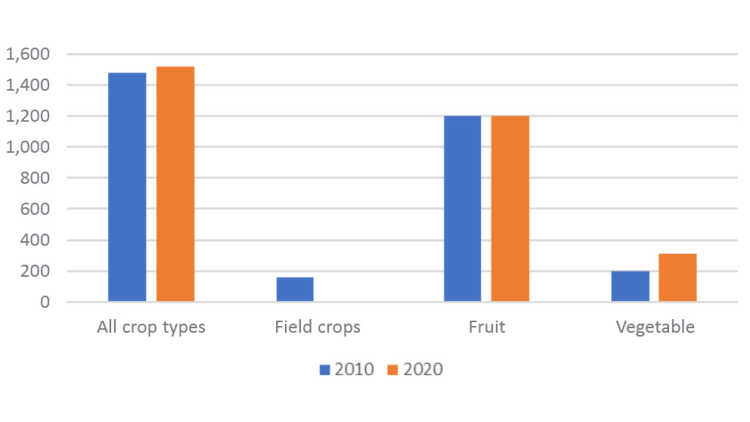
Source: Statistics Canada Table 38-10-0245-01 Farms by irrigation method and crop type. No data is available for 2020 field crops.
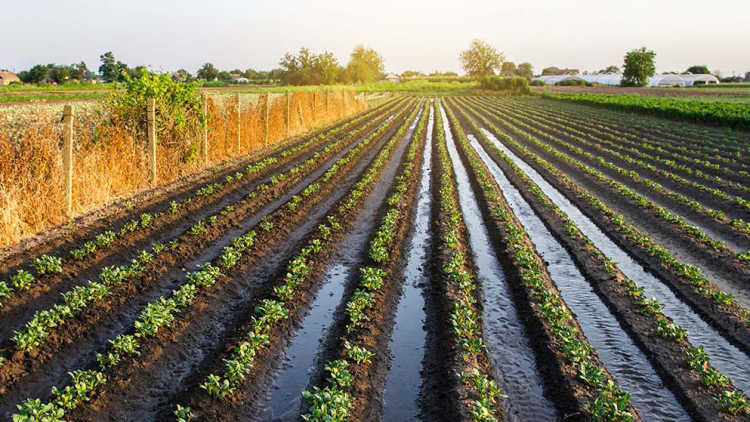
Surface irrigation method is where water flows over the soil’s surface using gravity, either by flooding or furrows. These are typically used for forage crops.
Figure 4: Number of Canadian farms using surface irrigation
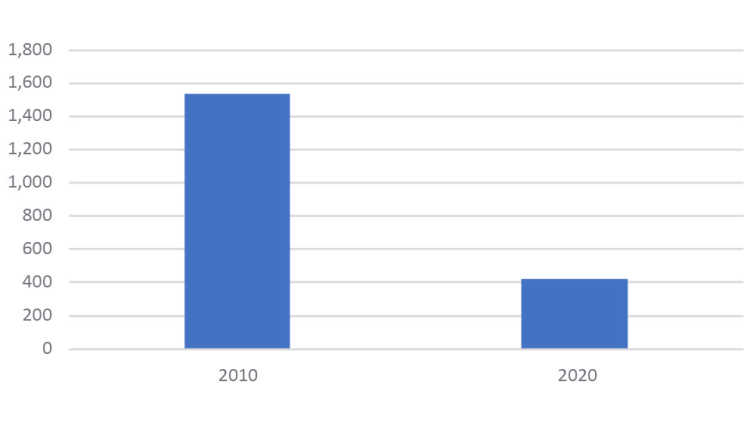
Source: Statistics Canada Table 38-10-0245-01 Farms by irrigation method and crop type.
Challenges with irrigation
Water sources for these irrigation methods are diverted from rivers, lakes, and manufactured holding ponds or dugouts. Irrigation methods across Canada may differ, due to the commodities grown but every province has one thing in common - how the water is allocated and controlled. Different entities govern each province, but municipalities, districts, or provincial government departments are most common.
Developing an irrigation plan
Thinking of investing in irrigation? Here are four steps to consider:
Determine the source of water for your irrigation project.
Confirm the project’s feasibility. Work with irrigation experts to conduct on-site inspections, soil sampling, surveys, and confirm there are no environmental concerns.
Develop a project budget that includes:
Soil sampling
System infrastructure costs
Equipment costs
Required drainage
License and permit fees
Legal fees for easements
Work with the governing entities to obtain water rights and license, irrigation certificates and any necessary permits.
Amber Tuplin, Senior Appraiser
Alexa McDonald, Appraiser

How do you go from rookie ranch operator to running a bustling, successful enterprise? Ben Campbell uses business management practices every day to win the farming game.
